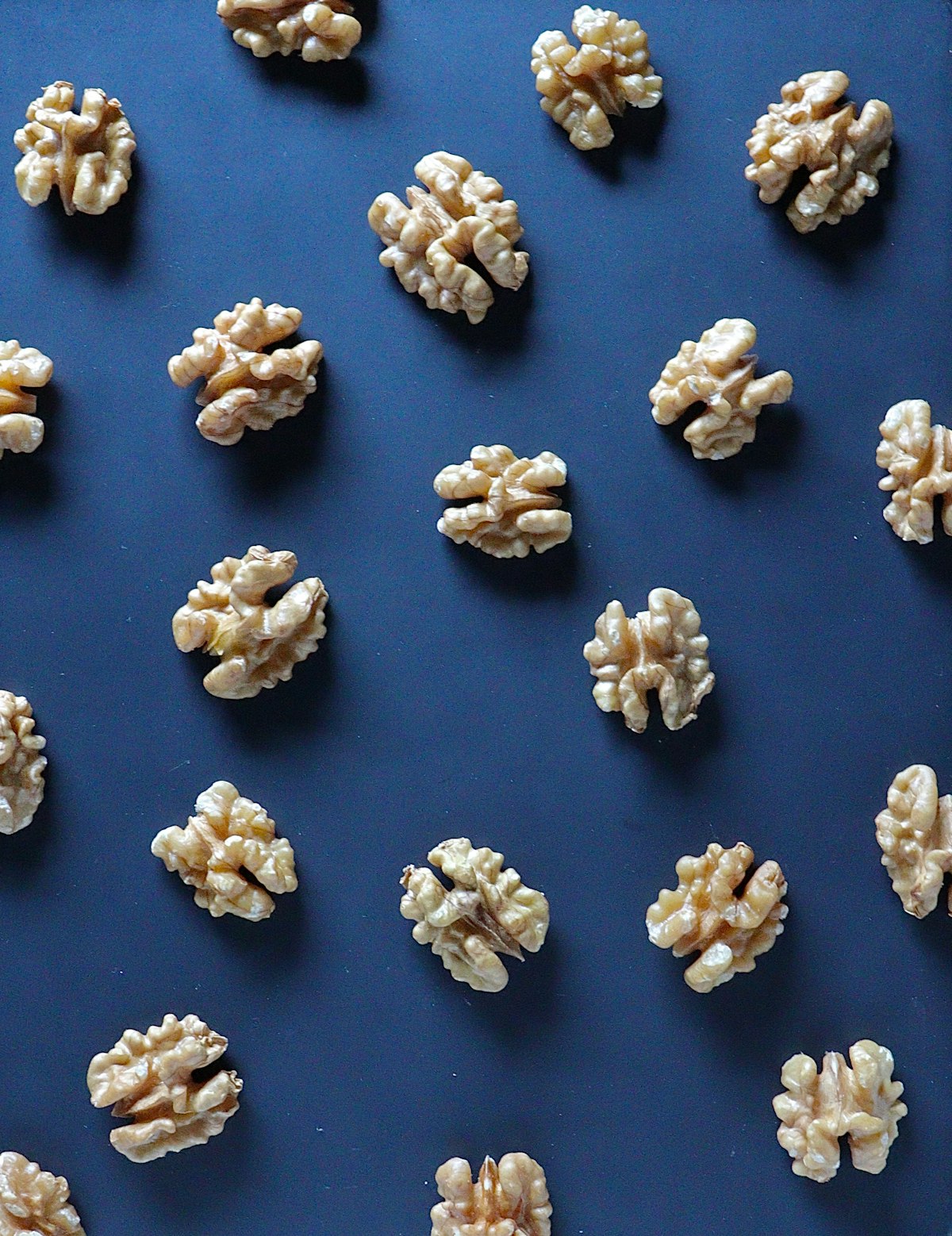
According to the Centers for Disease Control and Prevention, about 84 million adults in the United States have prediabetes. Prediabetes is a condition where your blood sugar levels are higher than normal, but not high enough to be diagnosed as diabetes. It is a serious condition that can increase your risk of developing type 2 diabetes, heart disease, and stroke. However, with the right diet and lifestyle changes, prediabetes can be managed and even reversed.
For women with prediabetes, making healthy food choices is essential in managing their condition and reducing their risk of developing diabetes. A diet high in fruits, vegetables, whole grains, lean proteins, and healthy fats can help regulate blood sugar levels and improve insulin sensitivity. In this article, we will discuss the best diet for prediabetes and provide tips for female patients on how to make healthier food choices.
1. Choose High-Fiber Foods
Fiber is an important nutrient for people with prediabetes because it helps regulate blood sugar levels and can improve insulin sensitivity. Foods that are high in fiber include fruits, vegetables, whole grains, nuts, and seeds. Aim to include at least 25-30 grams of fiber in your daily diet to help manage your prediabetes.
2. Avoid Sugary Drinks and Foods
Sugary drinks and foods can cause a rapid increase in blood sugar levels, which can be harmful for people with prediabetes. Avoid sugary beverages like soda, juice, and energy drinks, as well as desserts, candy, and other high-sugar foods. Instead, opt for water, herbal tea, or unsweetened beverages to help regulate your blood sugar levels.
3. Limit Processed Foods
Processed foods are often high in unhealthy fats, sugar, and sodium, which can contribute to insulin resistance and increase your risk of developing diabetes. Try to limit your intake of processed foods like fast food, frozen meals, and packaged snacks, and focus on whole, unprocessed foods instead.
4. Include Lean Proteins
Protein is an important nutrient for people with prediabetes because it helps regulate blood sugar levels and can keep you feeling full and satisfied. Include lean sources of protein in your diet like chicken, turkey, fish, tofu, beans, and lentils to help manage your prediabetes.
5. Eat Regular Meals and Snacks
Eating regular meals and snacks throughout the day can help stabilize your blood sugar levels and prevent spikes and crashes. Aim to eat every 3-4 hours and include a mix of carbohydrates, proteins, and healthy fats in each meal and snack to keep your blood sugar levels steady.
6. Focus on Healthy Fats
Healthy fats like avocados, nuts, seeds, olive oil, and fatty fish are an important part of a prediabetes diet. They can help improve insulin sensitivity and reduce inflammation in the body. Include healthy fats in your diet in moderation to help manage your prediabetes.
7. Stay Hydrated
Drinking enough water throughout the day is important for people with prediabetes because dehydration can affect blood sugar levels and insulin sensitivity. Aim to drink at least 8-10 cups of water per day and avoid sugary drinks that can cause blood sugar spikes.
8. Supplement with Vitamins and Minerals
Some vitamins and minerals like vitamin D, magnesium, and chromium have been shown to improve blood sugar control and insulin sensitivity in people with prediabetes. Talk to your healthcare provider about whether you need to supplement with these nutrients to help manage your prediabetes.
9. Monitor Your Blood Sugar Levels
Keeping track of your blood sugar levels is important for managing prediabetes and preventing the progression to type 2 diabetes. Use a blood glucose monitor to check your levels regularly and work with your healthcare provider to set target ranges for your blood sugar levels.
10. Stay Active
Physical activity is an important part of managing prediabetes because it can help regulate blood sugar levels, improve insulin sensitivity, and reduce your risk of developing diabetes. Aim to get at least 150 minutes of moderate-intensity exercise per week to help manage your prediabetes.
In conclusion, a healthy diet is essential for managing prediabetes and reducing your risk of developing type 2 diabetes. By making healthy food choices like including fiber-rich foods, avoiding sugary drinks and foods, and focusing on lean proteins and healthy fats, women with prediabetes can improve their blood sugar control and overall health. With the right diet and lifestyle changes, prediabetes can be managed and even reversed. By following these tips and working with your healthcare provider, you can take control of your prediabetes and prevent the progression to type 2 diabetes.












